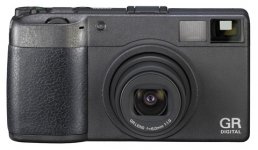Bob Ross
Well-known
Some stray thoughts about viewfinders:
Window with framelines: This is an unprocessed or constricted view
Focus screen (ground glass): Constriction to two dimensions, shows DOF & lower resolution than plain view/window finder.
EVF or LCD: Fully processed according to the camera software to the approximate finished image. Accuarcy of colors, contrast & saturation may deviate from reality.
EVFs are generally 100% for framing accuaracy. Manual focus can be aided by increasing the sharpness or saturaton of what is in focus. Nikon used this in some Coolpix models and the image would pop. Commercial video cams use stuff like this. There has been reports that the current 4/3rds models will alias along sharp edges when in focus, producing a twinkle effect. That would be focus by twinkle....😉
Bob
Window with framelines: This is an unprocessed or constricted view
Focus screen (ground glass): Constriction to two dimensions, shows DOF & lower resolution than plain view/window finder.
EVF or LCD: Fully processed according to the camera software to the approximate finished image. Accuarcy of colors, contrast & saturation may deviate from reality.
EVFs are generally 100% for framing accuaracy. Manual focus can be aided by increasing the sharpness or saturaton of what is in focus. Nikon used this in some Coolpix models and the image would pop. Commercial video cams use stuff like this. There has been reports that the current 4/3rds models will alias along sharp edges when in focus, producing a twinkle effect. That would be focus by twinkle....😉
Bob


